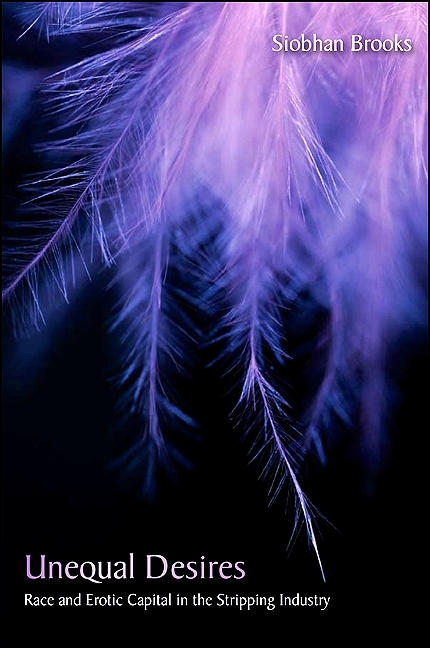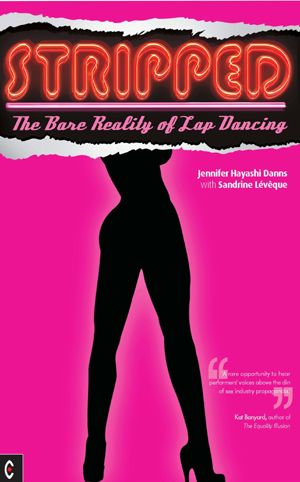Transnational Desires, Suzana Maia (2012)
There was something surreal about reading Susana Maia’s Transnational Desires: Brazilian Erotic Dancers in New York during down time in the strip club where I now work. Perhaps because I was reading about Astoria strip clubs while in an Astoria strip club, Maia’s ethnography hit close to home. Maia and I are both social scientists; we even share some of the same academic mentors. We both felt an uncomfortable alienation in Manhattan strip clubs. We’re both interested in intimacy, desire, gender, and transnational ties for immigrants.
The similarities stop there. Maia saw herself in many of the Brazilian middle class dancers she so passionately describes in the book, whereas I haven’t yet met another South Asian or Muslim dancer in four years of dancing. Maia chose to write about strip clubs as an observant ally and outsider, and she never danced. I, on the other hand, focus on an entirely different subject in my academic work. Stripping keeps me entertained and helps pay my bills. I’m not doing my dissertation on strip clubs, though friends often inquire why not. Maia sees herself as ambiguously positioned between the United States and Brazil. For me, the U.S. is certainly home.
A reader might be surprised to see a lack of citations from the so-called “sex worker rights literature” in this book. For Maia, this is a deliberate choice, as she resists reducing these women to a static “sex worker” identity. The book is about more than just what happens in the strip club for Brazilian dancers. Maia explores race, colorism, downward class mobility, and cultural citizenship as she traces the journeys of nine dancers. She asks why middle class Brazilian women, often highly educated, choose to move to New York and work in the adult entertainment industry.
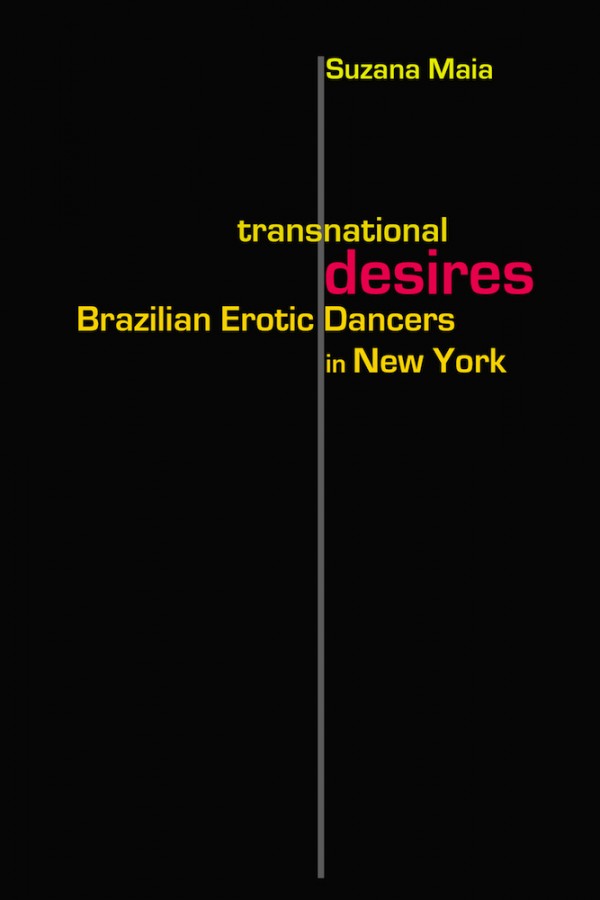
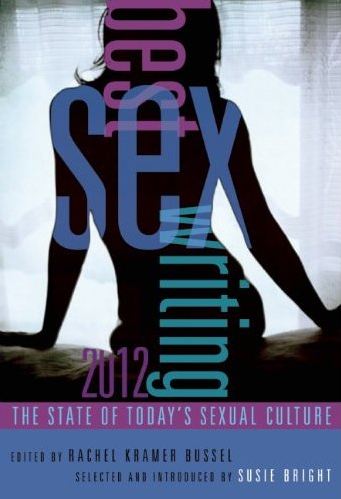
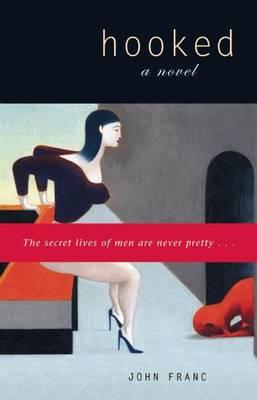 “We were all monsters” the nameless narrator tells us four sentences into Hooked by John Franc. The “we” refers to nine men who live in a city where prostitution is conveniently legal and when the men learn this fact, they begin a downward, hooker-hopping spiral of frightening velocity that ends in the most melodramatic plot development in the history of ever. (Does any American man have nine friends he’d trust to join him as he frequents brothels? I digress.) As you might imagine, for me, a prostitute, that opening line was about as appealing an introduction as a fart in the face. But it was accurate warning for what lay ahead. I can’t think of many books I’ve hated as much as I did Hooked, and it’s easy to explain why. The book, a novel imitating a memoir, is essentially a polemic. The husbands are unsympathetic villans, the wives are unsympathetic victims, and prostitutes are the objects with which men hurt non-prostitute women—and ultimately, destroy themselves. Shorter version: prostitution is bad, mmkay? When men hire prostitutes, other people end up hurt. It’s a literal [spoiler alert, as if anything could spoil the already terrible experience of suffering through this] killer!
“We were all monsters” the nameless narrator tells us four sentences into Hooked by John Franc. The “we” refers to nine men who live in a city where prostitution is conveniently legal and when the men learn this fact, they begin a downward, hooker-hopping spiral of frightening velocity that ends in the most melodramatic plot development in the history of ever. (Does any American man have nine friends he’d trust to join him as he frequents brothels? I digress.) As you might imagine, for me, a prostitute, that opening line was about as appealing an introduction as a fart in the face. But it was accurate warning for what lay ahead. I can’t think of many books I’ve hated as much as I did Hooked, and it’s easy to explain why. The book, a novel imitating a memoir, is essentially a polemic. The husbands are unsympathetic villans, the wives are unsympathetic victims, and prostitutes are the objects with which men hurt non-prostitute women—and ultimately, destroy themselves. Shorter version: prostitution is bad, mmkay? When men hire prostitutes, other people end up hurt. It’s a literal [spoiler alert, as if anything could spoil the already terrible experience of suffering through this] killer!